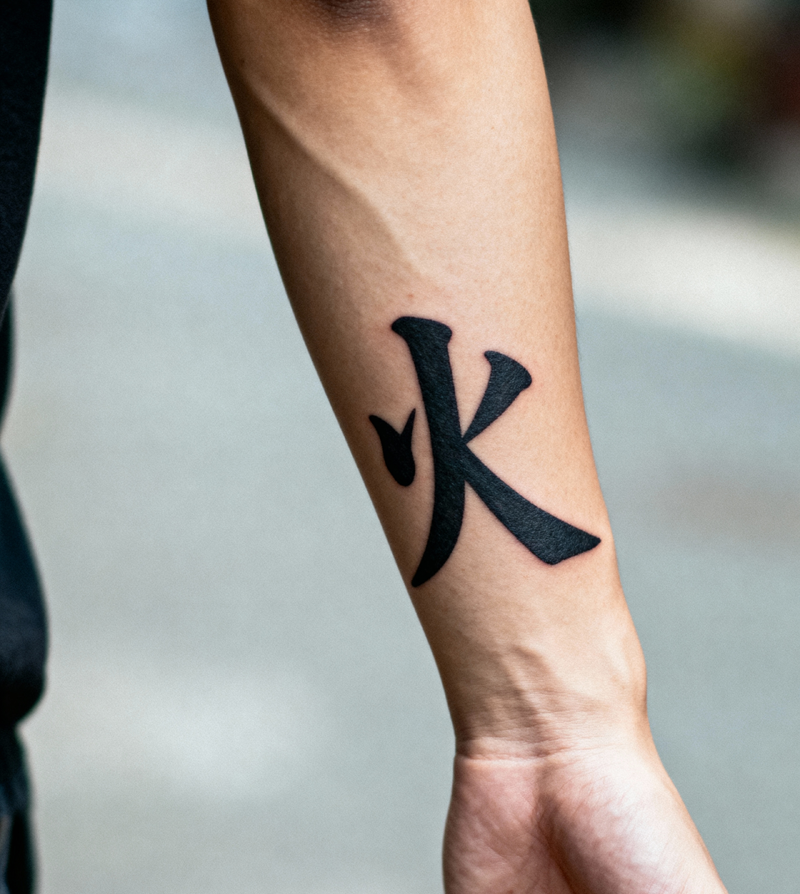I. The Core Meaning of the Character "火" (huǒ)
The primary meaning of "火" is "fire." It is one of the most fundamental characters, originating from a pictogram of rising flames. Its meaning extends far beyond the literal element into powerful abstract concepts.
1. Literal & Physical Meanings:
Fire; Flames:
点火 (diǎn huǒ) - to light a fire.
火山 (huǒshān) - volcano ("fire mountain").
Urgent; Pressing: Relating to the speed and urgency of a spreading fire.
火急 (huǒjí) - urgent; pressing.
Firearms; Ammunition:
开火 (kāi huǒ) - to open fire.
2. Figurative & Symbolic Meanings:
Anger; Temper: The "fire" of emotion.
发火 (fā huǒ) - to get angry; to lose one's temper.
Passion; Energy; Drive: The intense, motivating aspect of fire.
他很有火 (Tā hěn yǒu huǒ) - He is very passionate/energetic.
Popularity; Trendiness: Something that is "on fire" or trending.
火爆 (huǒbào) - fiery; hot (e.g., a bestselling product); explosive.
The Five Elements (Wu Xing): In Chinese philosophy, "火" is the Fire element. It represents dynamism, passion, joy, leadership, and transformation. It is associated with summer, the direction South, and the color red.
3. In Idioms (Chengyu):
火上浇油 (huǒ shàng jiāo yóu) - To pour oil on the fire (to aggravate a situation).
星火燎原 (xīng huǒ liáo yuán) - A single spark can start a prairie fire (small actions can lead to great change).
Structure and Meaning
The character "火" is composed of four small strokes that resemble flickering flames. This design symbolizes the movement and energy associated with fire. In its simplest form, "火" means "fire," but it also carries connotations of heat, passion, and transformation. Fire is a natural element that has played a significant role in human life, from providing warmth and light to symbolizing destruction and renewal.
Usage in the Chinese Language
In Chinese, "火" is a versatile character that appears in many compound words and expressions. Some common examples include:
火山 (huǒ shān): Volcano
灯火 (dēng huǒ): Lantern light
火柴 (huǒ chái): Matchstick
火焰 (huǒ yàn): Flame
大火 (dà huǒ): Big fire
These examples demonstrate how "火" is used to describe objects, phenomena, and concepts related to fire, heat, and energy.
Cultural Significance
In Chinese culture, "火" holds a special place as one of the five fundamental elements (金, 木, 水, 火, 土) in traditional Chinese philosophy. Fire is associated with transformation, passion, and creativity. It is also linked to the concept of yang (positive, active energy) in Yin-Yang theory.
Fire plays a significant role in Chinese traditions and festivals. For example, during the Spring Festival (Chinese New Year), fireworks (烟花, yān huā) are set off to symbolize good luck and the驱邪 (driving away evil spirits). Similarly, in the Mid-Autumn Festival, the full moon is often paired with the imagery of fire and light.
Pronunciation and Writing
In Mandarin Chinese, "火" is pronounced as "huǒ." Writing the character involves four diagonal strokes that create the illusion of flames. The simplicity of its structure makes it easy to write, but the meaning behind it is profound.
Common Phrases and Idioms
"火" is also a key component in many idioms and expressions that reflect its cultural and linguistic significance. For example:
火上浇油 (huǒ shàng jiāo yóu): To pour oil on the fire (to exacerbate a situation).
如火如荼 (rú huǒ rú tú): As fiery as荼 (a type of plant), meaning intense or vigorous.
心火 (xīn huǒ): Inner fire (emotional passion or anger).
These idioms showcase the versatility of "火" in expressing complex emotions and ideas related to heat, passion, and intensity.
Conclusion
The character "火" is a powerful and symbolic representation of fire, heat, and transformation in the Chinese language and culture. Its simple yet dynamic structure, along with its rich meanings and uses, makes it an essential character for anyone learning Chinese. Whether describing natural phenomena, emotions, or cultural traditions, "火" continues to play a vital role in the language and its cultural context.
